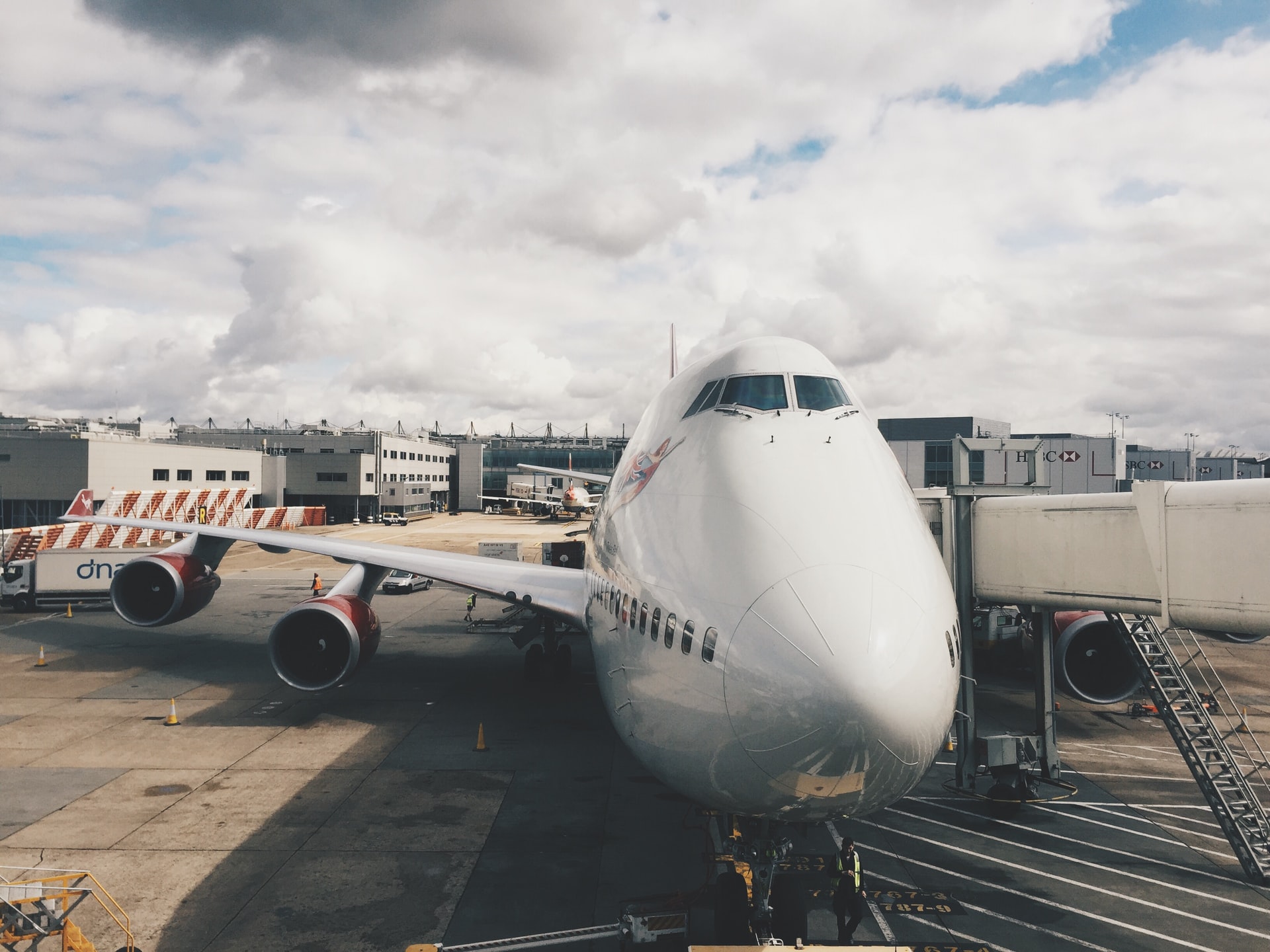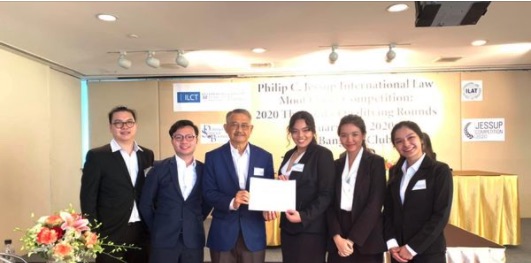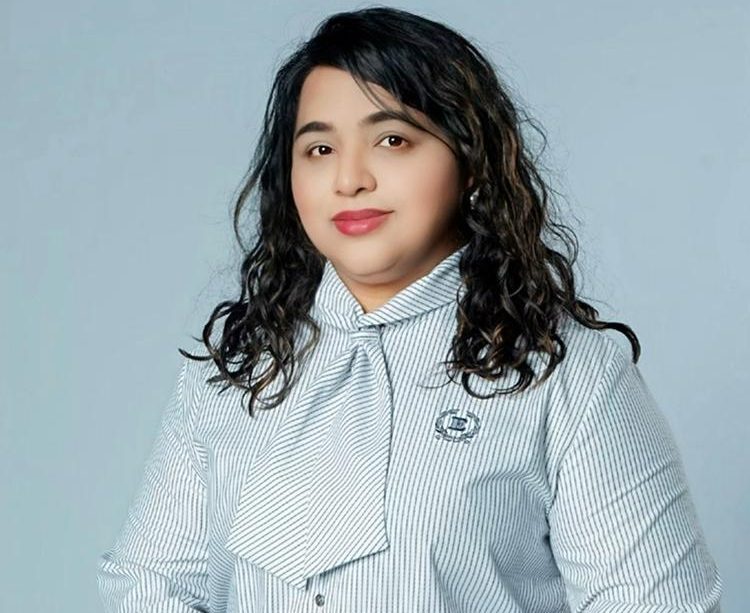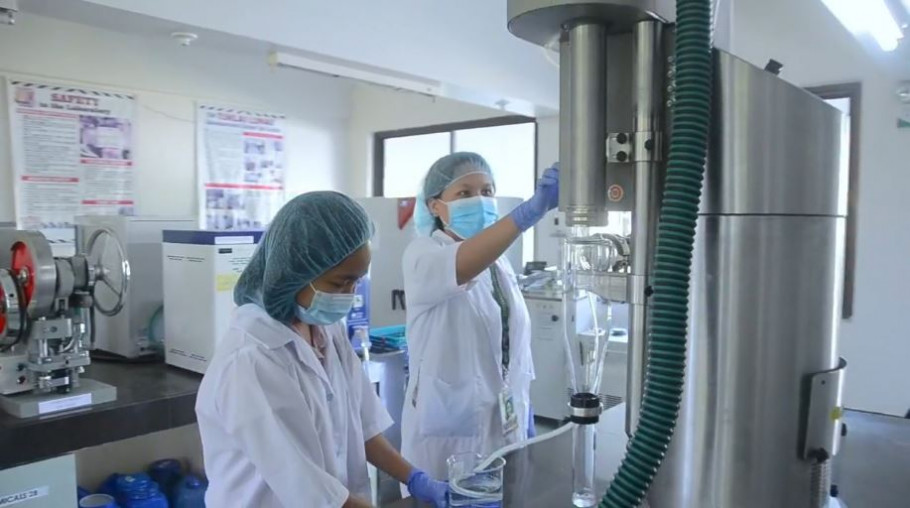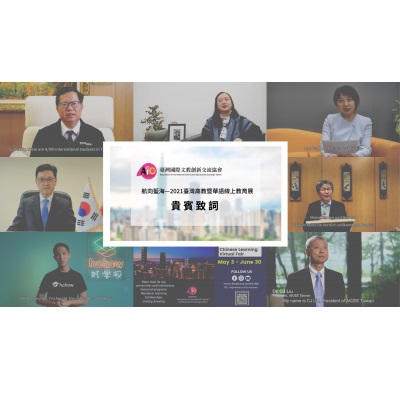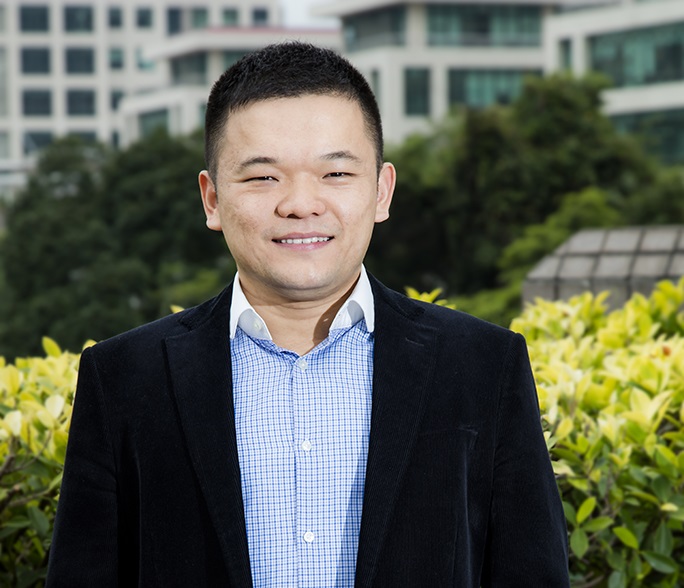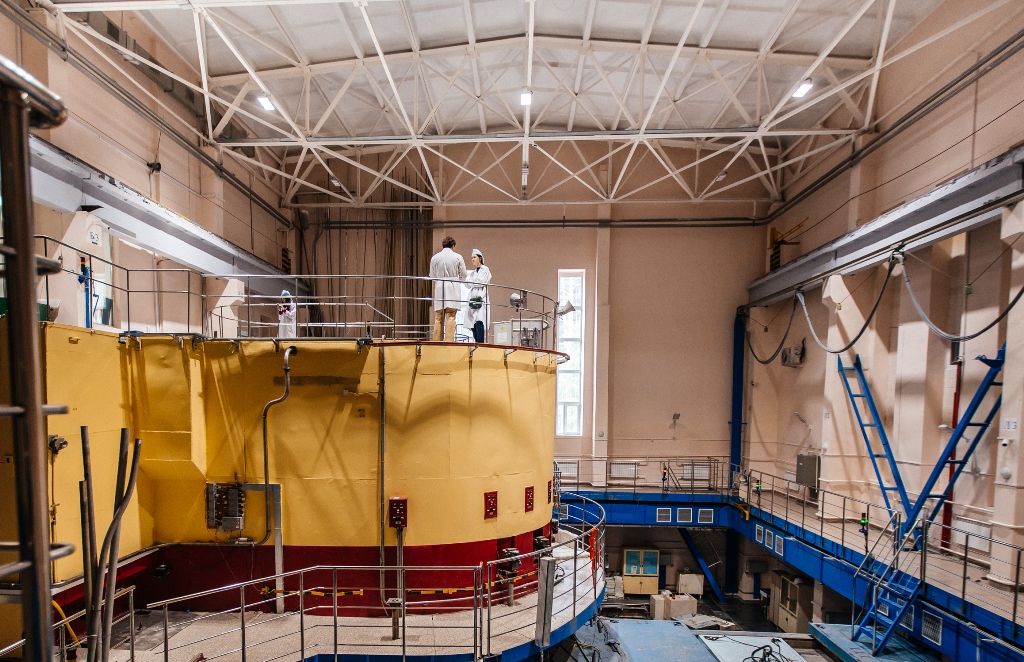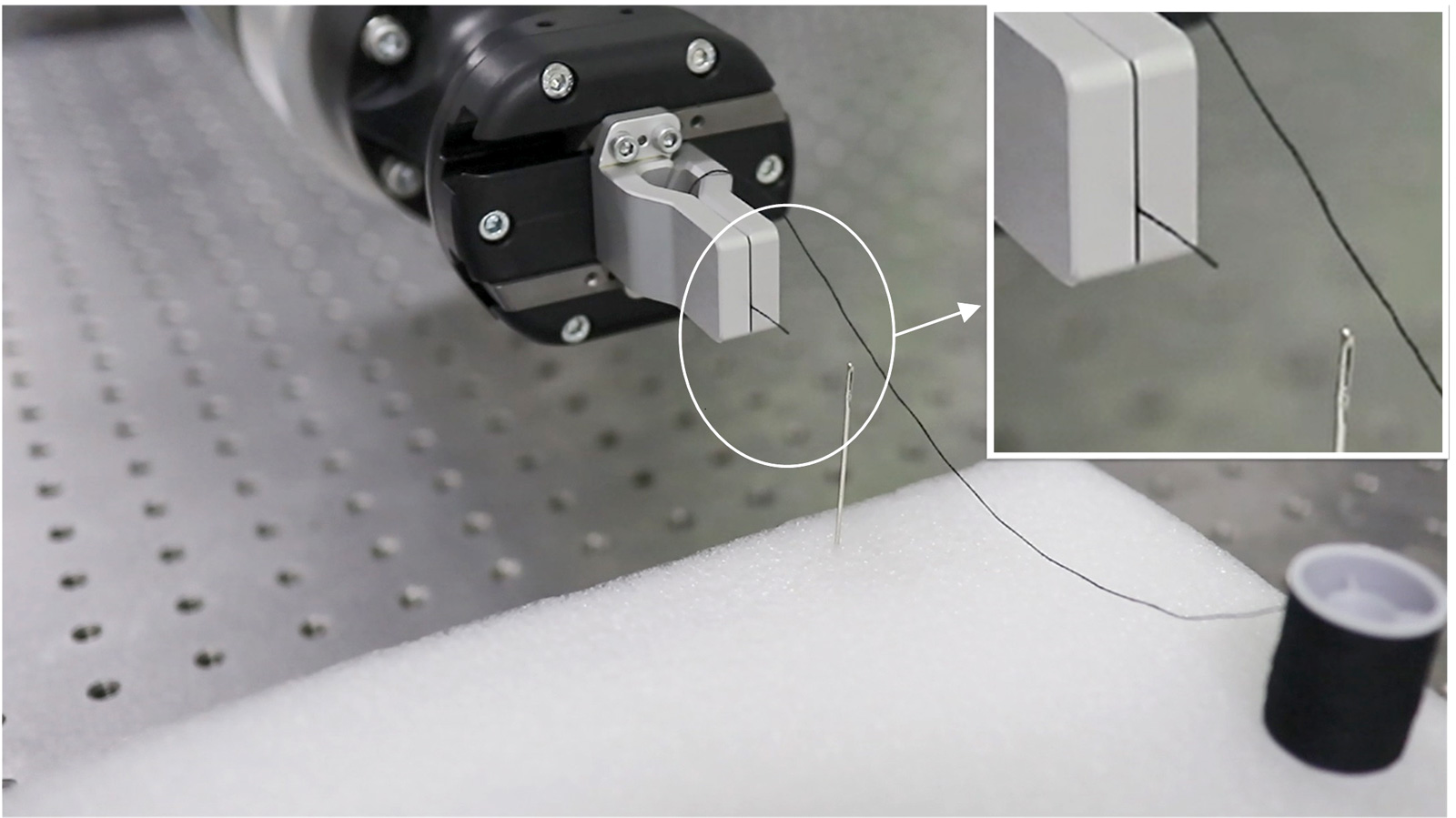The “2021 Taiwan Higher Education and Chinese Learning Virtual Fair,” hosted by the Association of International Cultural and Educational Exchange Taiwan (AICEE Taiwan) was launched in May and has attracted 52 universities and Chinese language centers across the country to participate. The virtual fair aims to provide international students with the most convenient application consultation service on the exclusive website of the virtual fair.
As countries around the world begin to vaccinate their citizens against the Covid-19, international exchanges will gradually resume. In order to promote Taiwan’s higher education and Chinese teaching capacity, the virtual fair breaks through tradition and invites Taiwan’s opinion leaders to speak to the international community, including Wen-tsan Cheng, Mayor of Taoyuan City, Audrey Tang, Digital Minister of the Executive Yuan, Yun Fan, Legislator, Diann-wen Tang, Representative of Taipei Mission in Korea, Jhy-wey Shieh, Representative of Taipeh Vertretung in der Bundesrepublik Deutschland, and Arnold Chiang, the Co-founder of Hahow. In the opening speech videos, they welcomed more international students to study in Taiwan in the future.
CJ Liu, President of AICEE Taiwan, said that from the perspective of “Blue Ocean Strategy”, the implementation of the virtual fair is very innovative. The virtual fair not only invites Taiwan’s opinion leaders to promote Taiwan, but also fully displays Taiwan education capacity by the joint participation of universities and Chinese language centers.
In his speech, Wen-tsan Cheng, the Mayor of Taoyuan City encouraged international students to study in Taiwan when the pandemic is eased, and emphasized that there are currently about 4,700 international students in Taoyuan City, and they can feel the atmosphere of freedom, democracy and progress in Taiwan. Audrey Tang, Taiwan’s Digital Minister, pointed out that Taiwan is a society with vibrant democracy. All international students who love science and culture are welcomed to come to Taiwan and contribute their talents.
Diann-wen Tang, Taiwan’s representative in South Korea, said that in addition to high-quality university programs, Taiwan also provides comprehensive and efficient Chinese learning programs. Combining daily life and cultural contextual learning will help learners quickly improve their Chinese language skills. Jhy-wey Shieh, Taiwan’s representative in Germany, delivered a speech in fluent German, emphasizing that Chinese is taught in many parts of the world, but if you want to learn Chinese in a place where you can keep your civil rights and freedom of speech, Taiwan is the best choice for international students.
Legislator Yun Fan said in her speech that Taiwan is a global high-tech research and development center, and many well-known companies have cooperated with Taiwan’s universities to offer advanced STEM (science, technology, engineering, mathematics) programs. On the other hand, Taiwan is also a suitable place for learning Chinese. Arnold Chiang, the co-founder of Hahow, took the online epidemic prevention course in cooperation with the former Vice President Chien-jen Chen last year as an example to share how Taiwan has successfully used information technology to link civil society and epidemic prevention knowledge to construct real-time and effective communication model.
The virtual fair website has rich multimedia materials, including introduction and admission talks from universities and Chinese language centers and the testimony videos from international students currently studying in Taiwan. International students who are interested in Taiwan, after watching the reference videos, can search and match schools based on their areas of interest. If they have any information needs for the schools they are interested in, they can also make the inquiries on the website and get immediate responses.
In addition, the virtual fair provides a themed exhibition area, focusing on the most interesting and inquiring programs to international students, including Chinese learning, artificial intelligence and big data, regional studies, interdisciplinary, innovation and entrepreneurship, and public health. Prospective students can grasp the essential information of each school in the fastest and most convenient way.
Chih-wei Hung, CEO of AICEE Taiwan, pointed out that according to the Association’s survey of college students in Taiwan last November, more than 40% of the interviewees believed that interacting with international students can improve international literacy and achieve the goal of “internationalization at home.” In order to create a more diverse and international campus, this virtual fair breaks the traditional physical education exhibition format to interact with potential overseas students in a digital and innovative way.
This virtual fair is held in an innovative way and is of great significance. Therefore, many well-known companies, universities and Chinese language centers participated in this virtual fair by sponsoring and serving as partners, including Hua Nan Bank, TrueFull Land, National Sun Yat-sen University, National Chung Cheng University, Shih Chien University, Soochow University, Chinese Culture University, Chang Jung Christian University, China Medical University, National Yang Ming Chiao Tung University, Taipei Medical University, Tamkang University, University of Taipei, Chang Jung Christian University Chinese Language and Culture Center, Chinese Culture University Mandarin Learning Center, Da-Yeh University Chinese Language Center, National Peingtung University Chinese Language Center, National Pingtung University of Science and Technology Chinese Language Center, National Sun Yat-sen University Chinese Language Center, National Taitung University Chinese Language Teaching and Study Center, National Dong Hwa University Chinese Language Center, Shih Chien University Chinese Language Center, Soochow University Chinese Language Center, Nanhua University Chinese Language Center, and Yuanpei University of Medical technology Chinese Language Learning Center.




